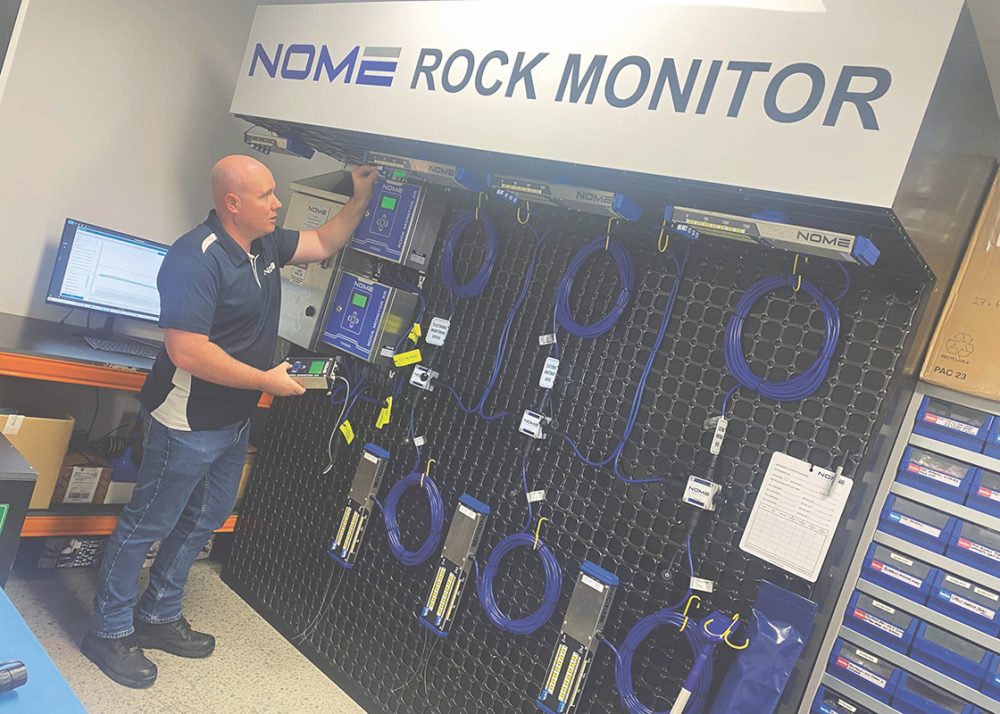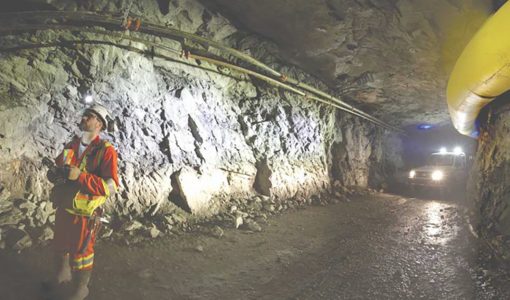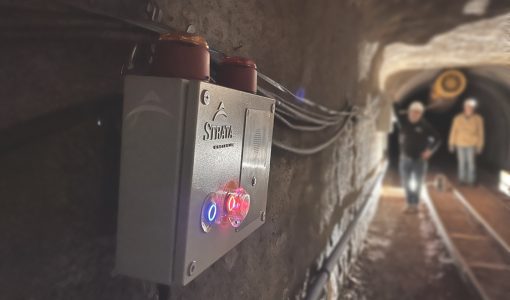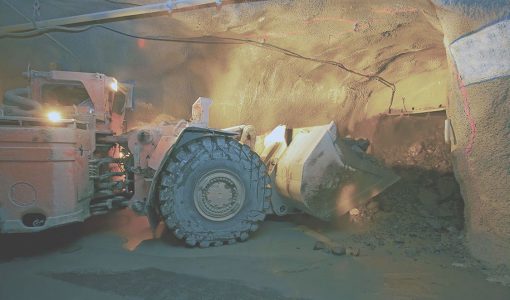This feature appeared in the July–August edition of Safe to Work Magazine.
Author: Prealene Khera August 19, 2025
Nome’s RockMonitor XR system is setting a new standard in real-time strata monitoring.
For Nome managing director Nathan Owen, the drive to develop safer underground mining solutions comes from personal experience. Descending from three generations of coal miners, Owen is acutely aware of the risks associated with underground work.
“I’ve seen my father’s co-workers injured and killed in coal mines,” Owen told Safe to Work. “When the opportunity came along to make a difference and help prevent those injuries and fatalities, it was important for me to pursue it.”
Underground mine managers, geotechnical engineers and geologists have long relied on a combination of experience, manual observation and mechanical monitoring to manage strata stability. But as mines extend deeper and ground conditions become more dynamic, the need for real-time scalable solutions has become increasingly important.
Nome has developed the Rock Monitor XR system to meet that demand. Installed into mine roofs or sidewalls, each telltale (a displacement monitoring sensor) includes either two or four anchor points to accurately capture strata movement at different strata height levels.
These instruments connect to an underground controller that transmits continuous data to a central server, viewable in real-time, eliminating manual inspections and providing instant data. The system also integrates with client smart centres to view all mine data simultaneously from a single control room.
“By implementing real-time strata monitoring, mines eliminate the need for personnel to inspect instruments manually in potentially unstable areas,” Owen said.
This shift enables instant feedback, faster response to movement, and more informed decisions, preventing incidents before they escalate.
It also boosts efficiency. One site previously halted operations three times a day for manual readings. With Rock Monitor XR, inspections dropped to once daily, recovering up to $400,000 per day in lost production.
At under $250,000, the system typically pays for itself in less than one uninterrupted shift, Nome said.
Engineering efficiency is another key benefit. Without live data, ground support is often over-engineered. With real-time insights, however, engineers can optimise designs and reduce material use, labour, and manual handling risks.
“The data allows you to make decisions based on real conditions rather than assumptions,” Owen said.
Simplicity and scalability are built into the design. Any worker can install instruments in under five minutes, with no specialist training needed.
A single controller supports up to 150 instruments along a 10km daisy-chained cable, with extra controllers expanding coverage as needed. Many other systems require individual cables for each sensor – up to 150km of cabling for the same scale – making them costly and less practical.
Unlike wireless systems that face reliability... continue reading>>



